Uncategorized
Crypto Daybook Americas: Carnage in BTC and Altcoins May be a Warning Sign for Equities

By James Van Straten (All times ET unless indicated otherwise)
The CME bitcoin (BTC) futures chart is in focus once again as bitcoin’s recent 12% retracement has filled the latest CME gap—caused by the exchange’s weekend closure and bitcoin’s price run up to $95,000.
According to RiggsBTC, a post on X highlights a striking statistic: since bitcoin futures launched in December 2017, there have been 80 CME gaps, with only one unfilled at $21,000.
Zooming out to the macroeconomic picture, the U.S. economy faces slower growth due to fiscal cuts, trade uncertainties, and a weakening housing market. Inflation is expected to trend lower, with the Federal Reserve prioritizing employment over price control, according to Professor Satoshi, an analyst at Greeks Live Options Trader, told CoinDesk exclusively.
Professor Satoshi also views equities as overvalued, predicting a potential S&P 500 drop to 5700–5500. Meanwhile, the crypto market is experiencing de-risking, which often precedes downturns in equities.
«You can see altcoins got de-risked. This means majors get de-risked afterward. Typically, it’s the crypto market down first, then equities follow», according to Professor Satoshi.
Additionally, Professor Satoshi expects the Fed to likely skip a rate cut in March and the potential for a larger 50 bps cut in May. A potential return of quantitative easing in 2025, one he has been anticipating since last year’s growth scare.
«The Federal Reserve are always behind because they are data driven. On my bingo cards for 2025 is return of quantitative easing. Which no one thinks is possible but have been thinking this for sometime because ever since the growth scare last year, we managed to kick the can down the curb until now».
However, the strengthening Japanese Yen could be the canary in the coal mine, which is currently at its strongest level this year against the U.S. dollar at 148. Stay Alert!
What to Watch
Crypto:
March 5, 2:29 a.m.: Ethereum testnet Sepolia receives the Pectra hard fork network upgrade at epoch 222464.
March 5, 11:00 a.m.: Circle hosts a live webinar titled “State of the USDC Economy 2025” featuring Circle Chief Strategy Officer and Head of Global Policy Dante Disparte and three other executives from Bridge, Nubank and Cumberland.
March 6: Ethereum-based L2 blockchain MegaETH deploys its public testnet, with user onboarding starting on March 10.
March 7: President Trump will host the inaugural White House Crypto Summit, bringing together top cryptocurrency founders, CEOs and investors.
Macro
March 4, 8:00 p.m.: China’s 14th National People’s Congress (NPC) Third Annual Session starts.
March 4, 8:30 p.m.: Bank of Japan Governor Kazuo Ueda speech at the IMF event «Asia and the IMF: Resilience through Cooperation» in Tokyo.
March 4, 8:45 p.m.: Caixin Media releases February China economic activity data.
Services PMI Est. 50.8 vs. Prev. 51
Composite PMI Prev. 51.1
March 5, 4:00 a.m.: HCOB (Hamburg Commercial Bank) releases (final) February eurozone PMI business activity data.
Composite PMI Est. 50.2 vs. Prev. 50.2
Services PMI Est. 50.7 vs. Prev. 51.3
March 5, 5:00 a.m.: Eurostat releases January eurozone wholesale inflation data.
PPI MoM Est. 0.3% vs. Prev. 0.4%
PPI YoY Prev. 0%
March 5, 8:00 a.m.: S&P Global releases February Brazil economic activity data.
Services PMI Prev. 47.6
Composite PMI Prev. 48.2
March 5, 8:15 a.m.: Automatic Data Processing (ADP) releases February U.S. non-farm private sector employment data.
ADP Employment Change Est. 140K vs. Prev. 183K
March 5, 9:30 a.m.: S&P Global releases February Canada economic activity data.
Services PMI Prev. 49
Composite PMI Prev. 49.5
March 5, 9:45 a.m.: S&P Global releases February U.S. economic activity data.
Services PMI Est. 49.7 vs. Prev. 52.9
Composite PMI Est. vs. 50.4 vs. Prev. 52.7
March 5, 10:00 a.m.: Institute for Supply Management (ISM) releases February U.S. economic activity data.
Services PMI Est. 52.9 vs. Prev. 52.8
Earnings (Ests. based on FactSet data)
March 6 (TBC): Bitfarms (BITF), $-0.04
March 17 (TBC): Bit Digital (BTBT), $-0.05
March 18 (TBC): TeraWulf (WULF), $-0.04
March 24 (TBC): Galaxy Digital Holdings (TSE: GLXY), C$0.38
Token Events
Governance votes & calls
Paraswap DAO is discussing the return of 44.67 wrapped ether (wETH) to hacked cryptocurrency exchange Bybit that were collected by the DAO since the security breach.
Ampleforth DAO is discussing authorizing the Ampleforth Foundation to borrow 800,000 FORTH tokens from the treasury over 12 months to provide liquidity on major centralized exchanges.
Morpho DAO is voting on adjusting MORPHO token rewards on various networks by granting the Morpho Association the ability to alter rewards within predefined limits.
March 4, 12 p.m.: Lido to host a Node Operator Call.
March 5, 11 a.m.: Circle to host a call on The State of the USDC Economy.
Unlocks
March 2: Ethena (ENA) to unlock 66.19% of circulating supply worth $715.55 million.
March 7: Kaspa (KAS) to unlock 0.63% of circulating supply worth $12.27 million.
March 9: Movement (MOVE) to unlock 2.08% of its circulating supply worth $19.57 million.
March 12: Aptos (APT) to unlock 1.93% of circulating supply worth $61.07 million.
March 15: Starknet (STRK) to unlock 2.33% of its circulating supply worth $11.99 million.
Token Listings
March 4: Livepeer (LPT) to be listed on Bitbank.
March 6: Roam ($ROAM) to be listed on KuCoin and MEXC.
Conferences
CoinDesk’s Consensus is taking place in Toronto on May 14-16. Use code DAYBOOK and save 15% on passes.
March 8: Bitcoin Alive (Sydney, Australia)
March 10-11: MoneyLIVE Summit (London)
March 13-14: Web3 Amsterdam ‘25 (Netherlands)
March 19-20: Next Block Expo (Warsaw, Poland)
March 26: DC Blockchain Summit 2025 (Washington)
March 28: Solana APEX (Cape Town, South Africa)
Token Talk
By Shaurya Malwa
Ether (ETH) investors narrowly avoided a catastrophic cascade of liquidations within the MakerDAO ecosystem as ETH prices came within $80 of triggering the first liquidation at a critical price point of $1,929, according to data from MakerDAO vaults.
The vaults, including Vault 26949, Vault 22025, and Vault 1985, are collateralized with ETH and hold a combined value of over $348 million. However, they face liquidation risks if ETH’s price drops to $1,929, $1,844, or $1,796, respectively.
Market watchers are closely monitoring these levels, as a breach could destabilize the DAI stablecoin and ripple through the broader DeFi ecosystem, potentially causing significant volatility.
The slide comes as ETH grapples with its worst price action in recent years—down 12% in the past 24 hours to reach levels last seen in late 2023.
Derivatives Positioning
The price swoon continues to shake out leverage traders. Bitcoin and ether futures open interest on Binance has hit the lowest level since August last year. Open interest in BTC and ETH futures listed on the CME has declined to levels seen in November.
The CME basis, however, has recovered above 5%, hinting at renewed bullish flows.
Top 25 cryptocurrencies are down on a 24-hour basis, but only HYPE, BCH, XMR, SUI, OM, BNB, UNI and TON have seen a concurrent rise in open interest. That’s a sign of traders shorting the decline in these tokens.
On Deribit, BTC and ETH options show a renewed bias for puts. A market participant paid over $2 million in premium to purchase the $85,000 BTC put expiring at the end of April.
Market Movements:
BTC is down 1.62% from 4 p.m. ET Monday at $84,001.60 (24hrs: -9.49%)
ETH is down 0.48% at $2,101.37 (24hrs: -0.48%)
CoinDesk 20 is down 2.7% at 2,734.47 (24hrs: -10.9%)
Ether CESR Composite Staking Rate is down 7 bps at 3.07%
BTC funding rate is at 0.0035% (3.89% annualized) on Binance

DXY is down 0.43% at 106.29
Gold is up 1.18% at $2,924.2/oz
Silver is up 1.28% at $32.44/oz
Nikkei 225 closed -1.2% at 37,331.18
Hang Seng closed -0.28% at 22,941.77
FTSE is down 0.3% at 8,856.47
Euro Stoxx 50 is down 2.02% at 5,428.65
DJIA closed on Monday -1.48% at 43,191.24
S&P 500 closed -1.76% at 5,849.72
Nasdaq closed -2.64% at 18,350.19
S&P/TSX Composite Index closed -1.54% at 25,001.6
S&P 40 Latin America closed -0.53% at 2,286.64
U.S. 10-year Treasury rate is up 1 bps at 4.17%
E-mini S&P 500 futures are down 0.11% at 5,854.25
E-mini Nasdaq-100 futures are unchanged at 20,464.25
E-mini Dow Jones Industrial Average Index futures are down 0.1% at 43,202.00
Bitcoin Stats:
BTC Dominance: 60.98 (-0.82%)
Ethereum to bitcoin ratio: 0.02511 (0.72%)
Hashrate (seven-day moving average): 810 EH/s
Hashprice (spot): $52.2
Total Fees: 6.06 BTC / $550,672
CME Futures Open Interest: 139,245 BTC
BTC priced in gold: 29.1 oz
BTC vs gold market cap: 8.27%
Technical Analysis
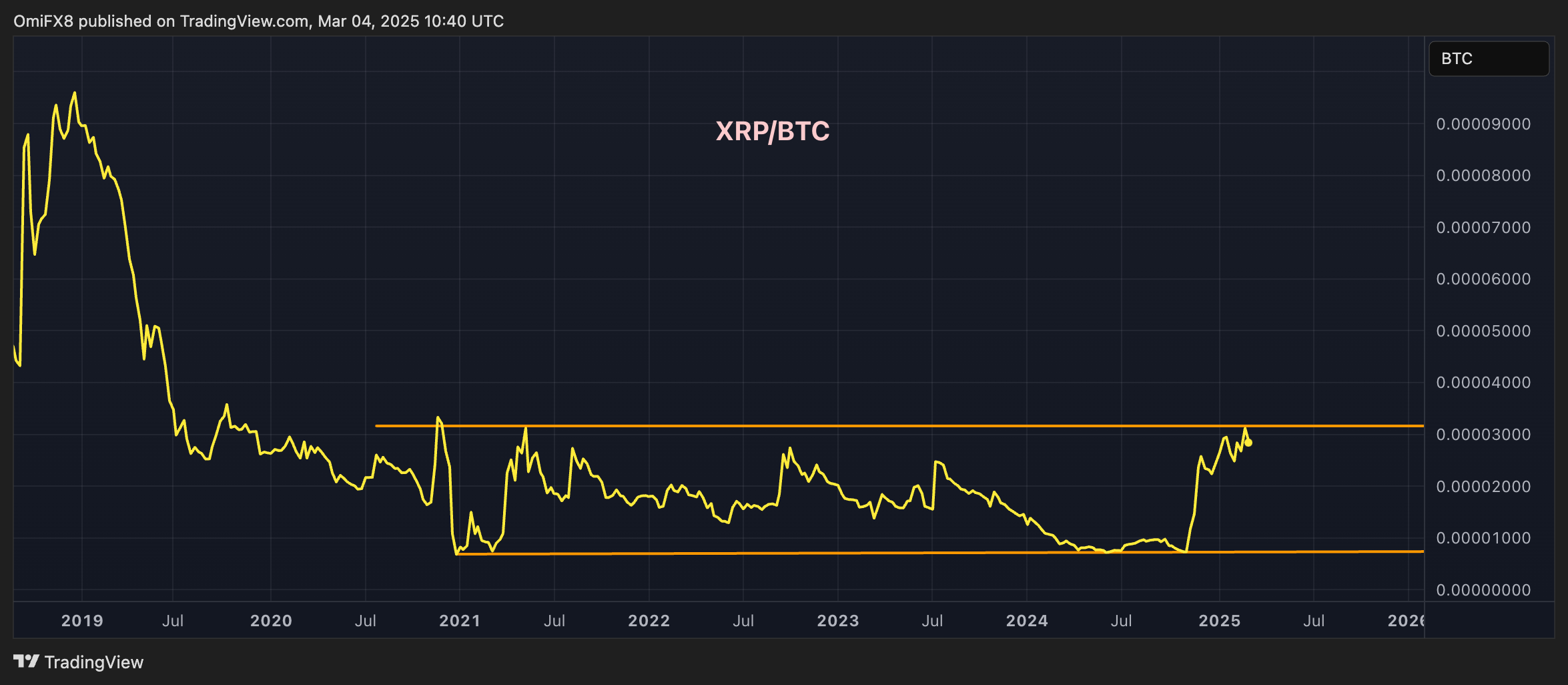
XRP/BTC’s weekly chart. (TradingView)
The XRP-bitcoin (XRP/BTC) pair is pushing against the upper end of a four-year-long sideways channel.
Breakouts from such prolonged consolidation patterns often yield sharp rallies.
Crypto Equities
MicroStrategy (MSTR): closed on Friday at $250.92 (-1.77%), down 1.63% at $246.82 in pre-market
Coinbase Global (COIN): closed at $205.75 (-4.58%), down 1.01% at $203.68
Galaxy Digital Holdings (GLXY): closed at C$20.76 (-3.58%)
MARA Holdings (MARA): closed at $13.79 (-0.93%), down 2.61% at $13.43
Riot Platforms (RIOT): closed at $8.86 (-4.53%), down 1.58% at $8.72
Core Scientific (CORZ): closed at $10.14 (-9.14%), down 0.89% at $10.05
CleanSpark (CLSK): closed at $7.79 (-2.5%), down 1.8% at $7.65
CoinShares Valkyrie Bitcoin Miners ETF (WGMI): closed at $16.50 (-7.41%)
Semler Scientific (SMLR): closed at $38.89 (-9.39%), down 3.5% at $37.53
Exodus Movement (EXOD): closed -2.91% at $40.97
ETF Flows
Spot BTC ETFs:
Daily net flow: -$74.2 million
Cumulative net flows: $36.87 billion
Total BTC holdings ~ 1,131 million.
Spot ETH ETFs
Daily net flow: -$12.1 million
Cumulative net flows: $2.81 billion
Total ETH holdings ~ 3.636 million.
Source: Farside Investors
Overnight Flows
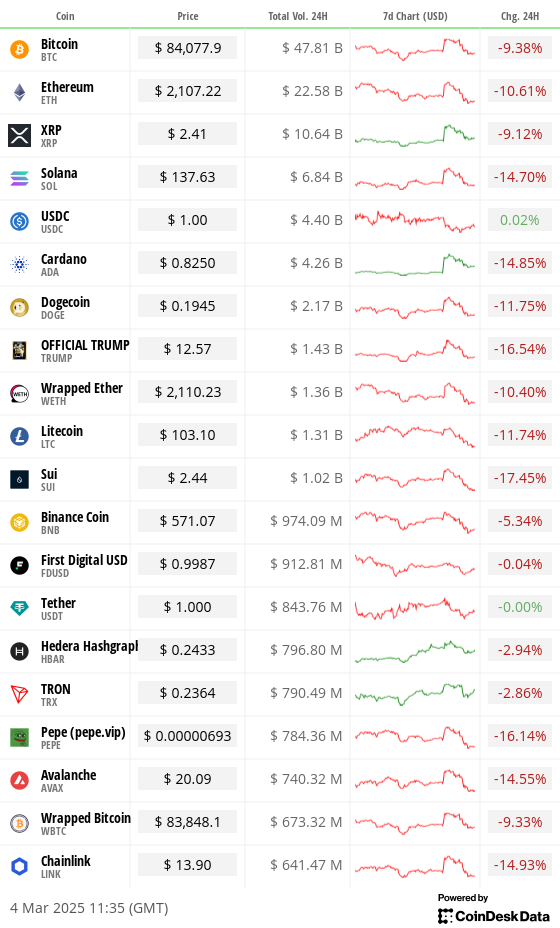
Chart of the Day

The Solana-based DEXes registered $105.9 billion in trading volume in February, comfortably outdoing Ethereum’s tally of $82 billion.
Solana ‘s winning trend began in October, largely due to the frenzied trading in memecoins.
While You Were Sleeping
Tom Lee Predicts Market Bottom This Week, Still Sees Bitcoin Closing the Year at $150K (CoinDesk): Fundstrat’s Head of Research recently said Bitcoin could drop to $62,000 in the short term but still expects it to reach $150,000 by the end of 2025.
Bitcoin Price Support Near $82K Under Threat as Nasdaq Triggers ‘Double Top’ (CoinDesk): Despite the past weekend’s crypto rally, Bitcoin’s long-term rebound may depend on Nasdaq’s trajectory, according to research firm Ecoinometrics.
THORChain Sees Record $4.6B Volume After Bybit’s $1.4B Hack (CoinDesk): DefiLlama data shows THORChain processed record swaps in the week ending March 2, while blockchain analysis suggests hackers may have used the platform to move a significant amount of funds stolen from Bybit.
China Retaliates Against U.S. With Tariffs, Controls on U.S. Companies (The Wall Street Journal): On Tuesday, China retaliated against Trump’s additional 10% tariffs on Chinese imports by imposing up to 15% tariffs on U.S. agricultural goods, set to take effect March 10.
Canada Retaliates, Puts Tariffs on $107 Billion of US Products (Bloomberg): Canada’s 25% tariffs on $20.6 billion in U.S. goods are now in effect, with a second round in three weeks targeting an additional $86.4 billion in exports, including cars, trucks, steel and aluminum.
Global Government Borrowing Set To Hit Record $12.3Tn (Financial Times): Global sovereign debt will rise 3% this year as defense spending, high interest rates and deficits drive borrowing, while investors like Pimco cut exposure to long-term government bonds over sustainability concerns.
In the Ether
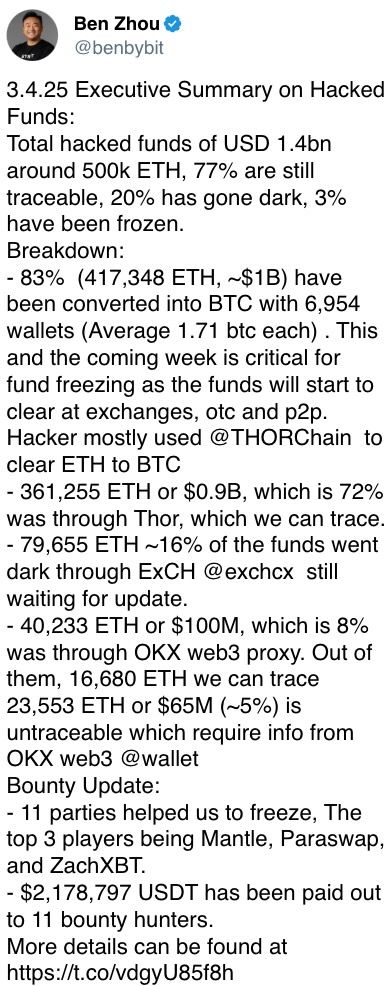
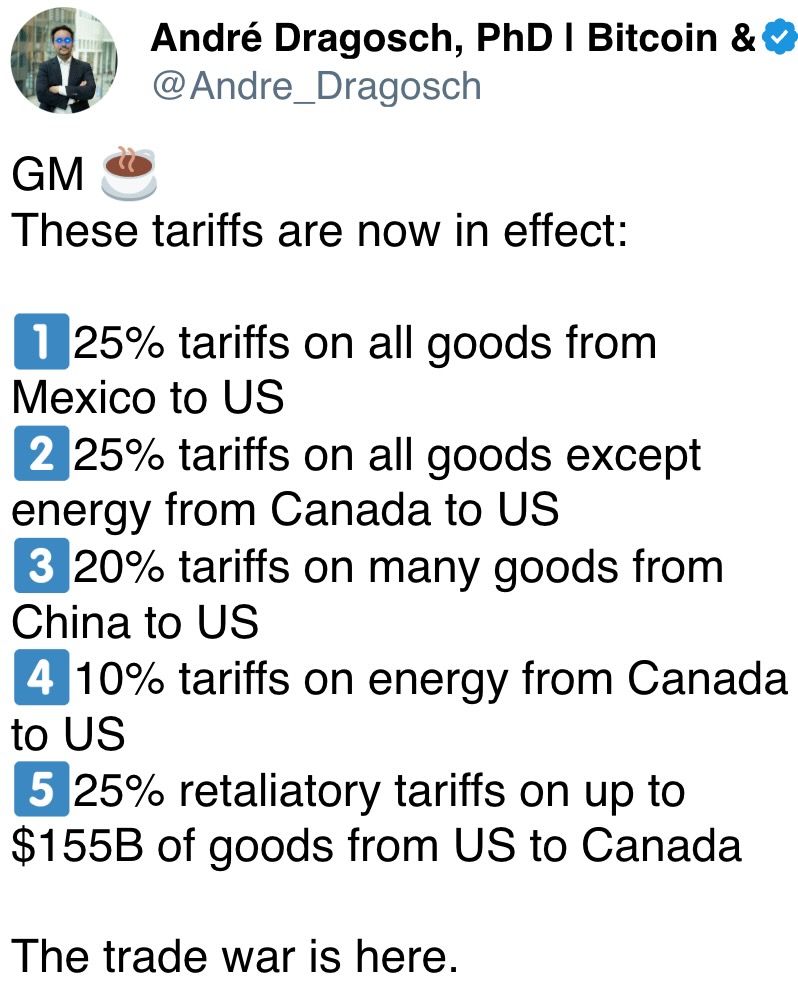
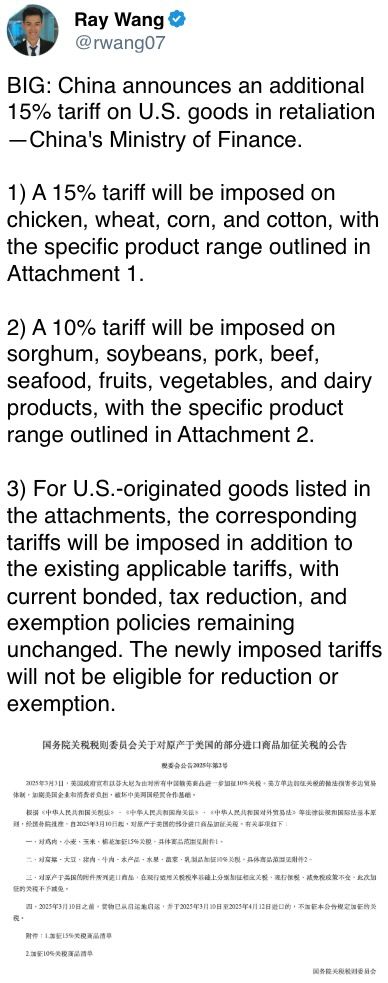
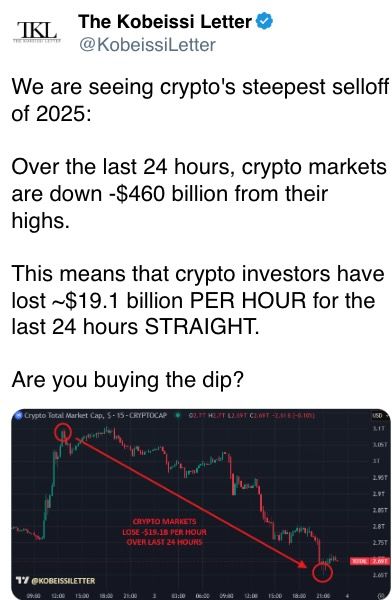


Uncategorized
What’s Next for Bitcoin and Ether as Downside Fears Ease Ahead of Fed Rate Cut?

Fears of a downside for bitcoin (BTC) and ether (ETH) have eased substantially, according to the latest options market data. However, the pace of the next upward move in these cryptocurrencies will largely hinge on the magnitude of the anticipated Fed rate cut scheduled for Sept. 17.
BTC’s seven-day call/put skew, which measures how implied volatility is distributed across calls versus puts expiring in a week, has recovered to nearly zero from the bearish 4% a week ago, according to data source Amberdata.
The 30- and 60-day option skews, though still slightly negative, have rebounded from last week’s lows, signaling a notable easing of downside fears. Ether’s options skew is exhibiting a similar pattern at the time of writing.
The skew shows the market’s directional bias, or the extent to which traders are more concerned about prices rising or falling. A positive skew suggests a bias towards calls or bullish option plays, while a negative reading indicates relatively higher demand for put options or downside protection.
The reset in options comes as bitcoin and ether prices see a renewed upswing in the lead-up to Wednesday’s Fed rate decision, where the central bank is widely expected to cut rates and lay the groundwork for additional easing over the coming months. BTC has gained over 4% to over $116,000 in seven days, with ether rising nearly 8% to $4,650, according to CoinDesk data.
What happens next largely depends on the size of the impending Fed rate cut. According to CME’s Fed funds futures, traders have priced in over 90% probability that the central bank will cut rates by 25 basis points (bps) to 4%-4.25%. But there is also a slight possibility of a jumbo 50 bps move.
BTC could go berserk in case the Fed delivers the surprise 50 bps move.
«A surprise 50 bps rate cut would be a massive +gamma BUY signal for ETH, SOL and BTC,» Greg Magadini, director of derivatives at Amberdata, said in an email. «Gold will go absolutely nuts as well.»
Note that the Deribit-listed SOL options already exhibit a strong bullish sentiment, with calls trading at 4-5 volatility premium to puts.
Magadini explained that if the decision comes in line with expectations for a 25 bps cut, then a continued calm «grind higher» for BTC looks likely. ETH, meanwhile, may take another week or so to retest all-time highs and convincingly trade above $5,000, he added.
Uncategorized
Asia Morning Briefing: Native Markets Wins Right to Issue USDH After Validator Vote

Good Morning, Asia. Here’s what’s making news in the markets:
Welcome to Asia Morning Briefing, a daily summary of top stories during U.S. hours and an overview of market moves and analysis. For a detailed overview of U.S. markets, see CoinDesk’s Crypto Daybook Americas.
Hyperliquid’s validator community has chosen Native Markets to issue USDH, ending a weeklong contest that drew proposals from Paxos, Frax, Sky (ex-MakerDAO), Agora, and others.
Native Markets, co-founded by former Uniswap Labs president MC Lader, researcher Anish Agnihotri, and early Hyperliquid backer Max Fiege, said it will begin rolling out USDH “within days,” according to a post by Fiege on X.
According to onchain trackers, Native Markets’ proposal took approximately 70% of validators’ votes, while Paxos took 20%, and Ethena came in at 3.2%.
The staged launch starts with capped mints and redemptions, followed by a USDH/USDC spot pair before caps are lifted.
USDH is designed to challenge Circle’s USDC, which currently dominates Hyperliquid with nearly $6 billion in deposits, or about 7.5% of its supply. USDC and other stablecoins will remain supported if they meet liquidity and HYPE staking requirements.
Most rival bidders had promised to channel stablecoin yields back to the ecosystem with Paxos via HYPE buybacks, Frax through direct user yield, and Sky with a 4.85% savings rate plus a $25 million “Genesis Star” project.
Native Markets’ pitch instead stressed credibility, trading experience, and validator alignment.
Market Movement
BTC: BTC has recently reclaimed the $115,000 level, helped by inflows into ETFs, easing U.S. inflation data, and growing expectations for interest rate cuts. Also, technical momentum is picking up, though resistance sits around $116,000, according to CoinDesk’s market insights bot.
ETH: ETH is trading above $4600. The price is being buoyed by strong ETF inflows.
Gold: Gold continues to trade near record highs as traders eye dollar weakness on expected Fed rate cuts.
Elsewhere in Crypto:
Uncategorized
BitMEX Co-Founder Arthur Hayes Sees Money Printing Extending Crypto Cycle Well Into 2026

Arthur Hayes believes the current crypto bull market has further to run, supported by global monetary trends he sees as only in their early stages.
Speaking in a recent interview with Kyle Chassé, a longtime bitcoin and Web3 entrepreneur, the BitMEX co-founder and current Maelstrom CIO argued that governments around the world are far from finished with aggressive monetary expansion.
He pointed to U.S. politics in particular, saying that President Donald Trump’s second term has not yet fully unleashed the spending programs that could arrive from mid-2026 onward. Hayes suggested that if expectations for money printing become extreme, he may consider taking partial profits, but for now he sees investors underestimating the scale of liquidity that could flow into equities and crypto.
Hayes tied his outlook to broader geopolitical shifts, including what he described as the erosion of a unipolar world order. In his view, such periods of instability tend to push policymakers toward fiscal stimulus and central bank easing as tools to keep citizens and markets calm.
He also raised the possibility of strains within Europe — even hinting that a French default could destabilize the euro — as another factor likely to accelerate global printing presses. While he acknowledged these policies eventually risk ending badly, he argued that the blow-off top of the cycle is still ahead.
Turning to bitcoin, Hayes pushed back on concerns that the asset has stalled after reaching a record $124,000 in mid-August.
He contrasted its performance with other asset classes, noting that while U.S. stocks are higher in dollar terms, they have not fully recovered relative to gold since the 2008 financial crisis. Hayes pointed out that real estate also lags when measured against gold, and only a handful of U.S. technology giants have consistently outperformed.
When measured against bitcoin, however, he believes all traditional benchmarks appear weak.
Hayes’ message was that bitcoin’s dominance becomes even clearer once assets are viewed through the lens of currency debasement.
For those frustrated that bitcoin is not posting fresh highs every week, Hayes suggested that expectations are misplaced.
In his telling, investors from the traditional world and those in crypto actually share the same premise: governments and central banks will print money whenever growth falters. Hayes says traditional finance tends to express this view by buying bonds on leverage, while crypto investors hold bitcoin as the “faster horse.”
His conclusion is that patience is essential. Hayes argued that the real edge of holding bitcoin comes from years of compounding outperformance rather than short-term speculation.
Coupled with what he sees as an inevitable wave of money creation through the rest of the decade, he believes the present crypto cycle could stretch well into 2026, far from exhausted.
-

 Business11 месяцев ago
Business11 месяцев ago3 Ways to make your business presentation more relatable
-

 Fashion11 месяцев ago
Fashion11 месяцев agoAccording to Dior Couture, this taboo fashion accessory is back
-

 Entertainment11 месяцев ago
Entertainment11 месяцев ago10 Artists who retired from music and made a comeback
-

 Entertainment11 месяцев ago
Entertainment11 месяцев ago\’Better Call Saul\’ has been renewed for a fourth season
-

 Entertainment11 месяцев ago
Entertainment11 месяцев agoNew Season 8 Walking Dead trailer flashes forward in time
-

 Business11 месяцев ago
Business11 месяцев ago15 Habits that could be hurting your business relationships
-

 Entertainment11 месяцев ago
Entertainment11 месяцев agoMeet Superman\’s grandfather in new trailer for Krypton
-

 Entertainment11 месяцев ago
Entertainment11 месяцев agoDisney\’s live-action Aladdin finally finds its stars





